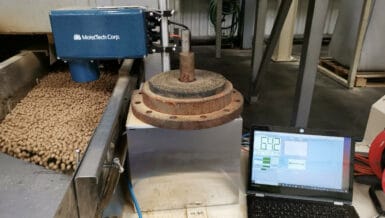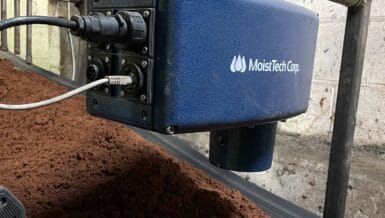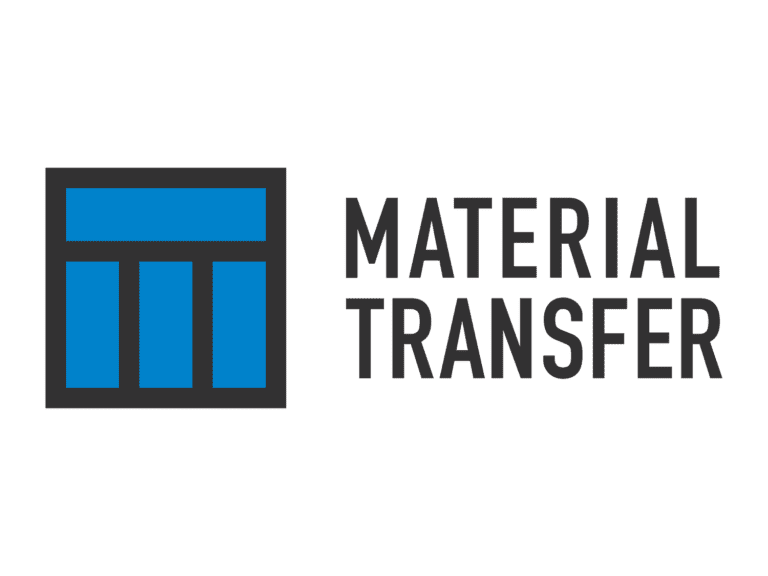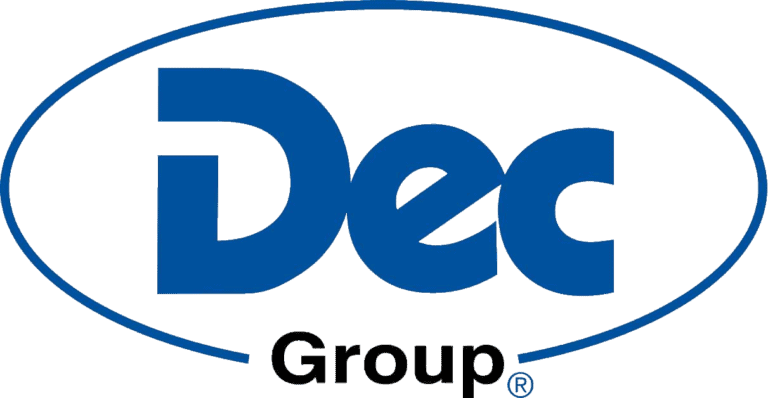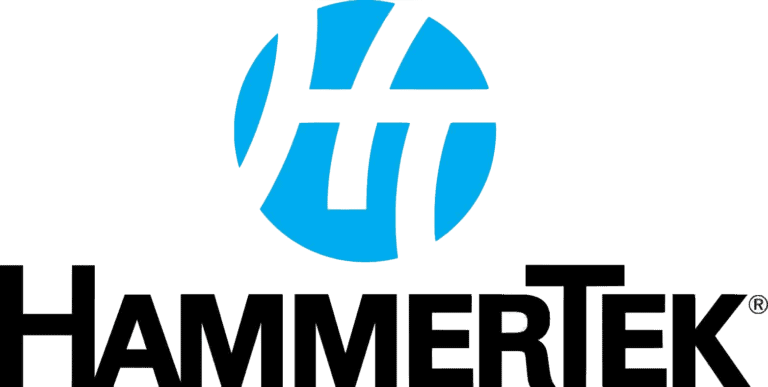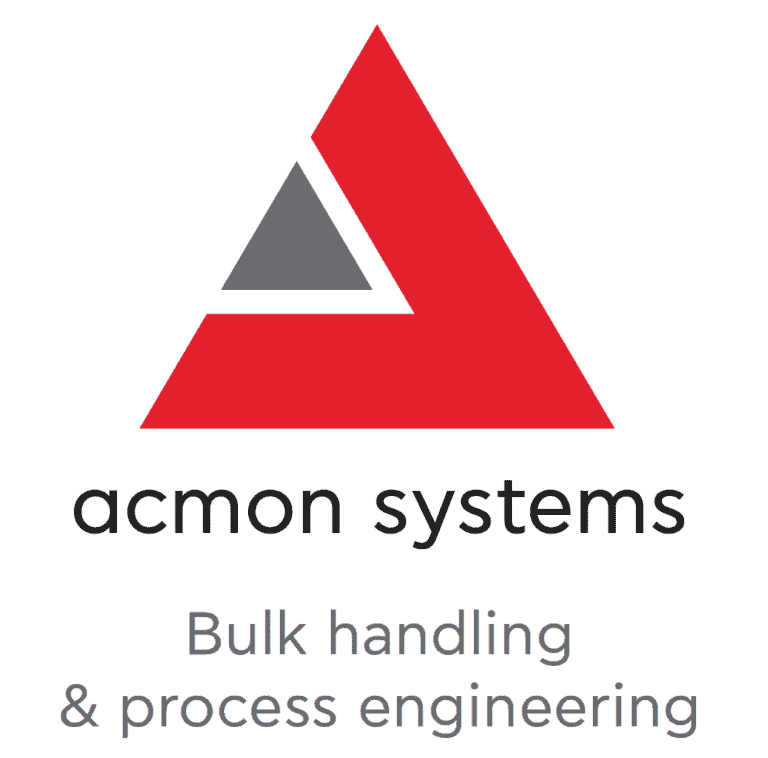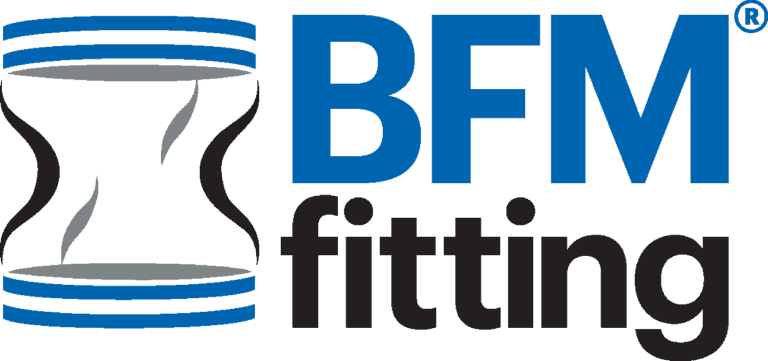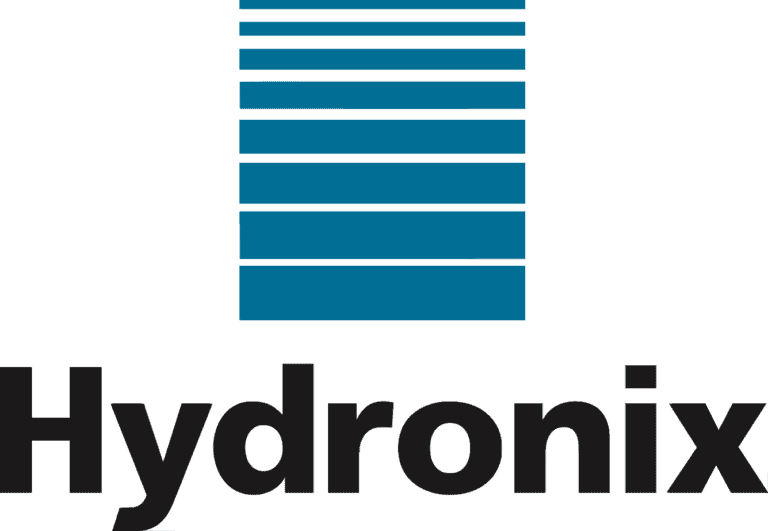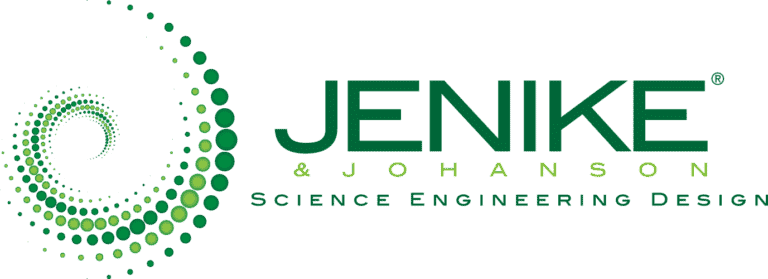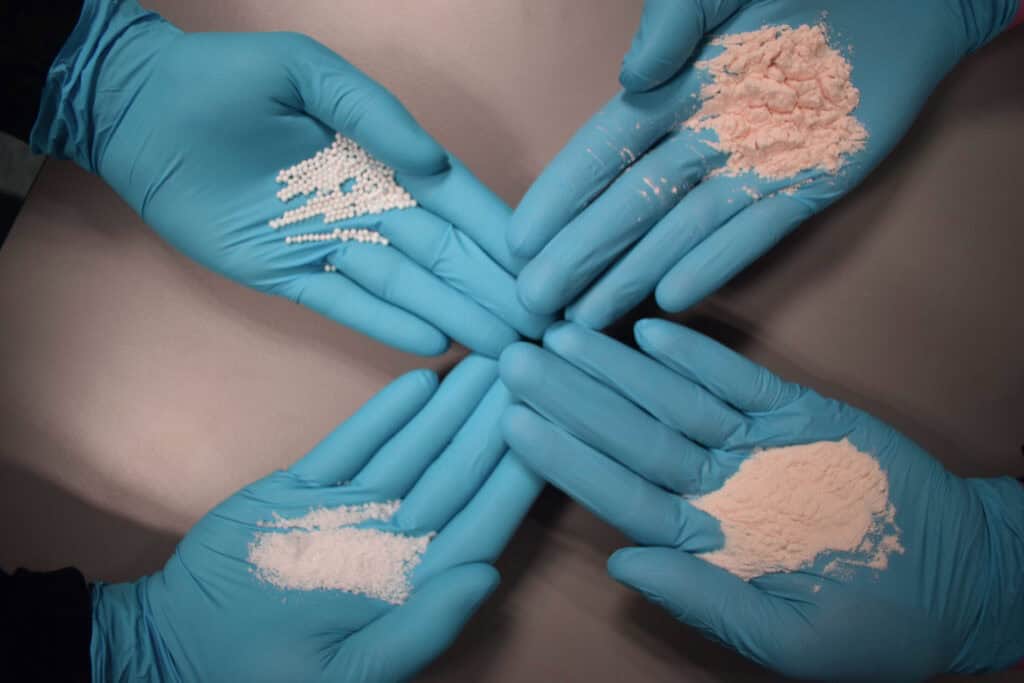Moisture measurement technologies and benefits
Moisture levels present in raw materials and finished products play a critical role in manufacturing quality and consistency. They also have a bearing on costs – water weight is heavy and manufacturers can lose millions of dollars when moisture levels are too high. Those buying and shipping out materials with too much water weight are shouldering needless costs.
There are several available methods for moisture measurement in cement manufacturing settings, including visual inspection; manual testing; oven weight loss; and moisture sensors. Manufacturers who rely on simple “guesstimates” based on sight or feel determined in a visual inspection cannot provide the necessary consistency or quality. Conducting manual testing by taking samples and bringing them to a laboratory for analysis adds considerable time to the entire process chain. Another possibility is the traditional oven weight loss moisture method, also known as the drying oven method or loss-on-drying (LOD) method. This method measures the moisture content of a sample by weighing it before and after heating it in an oven.[1] While useful, this technique may end up burning off more than just moisture.
A more robust technology is the use of moisture sensors. One example is MoistTech’s moisture sensor technology, a non-destructive method of measuring and controlling moisture content. Based on near-infrared (NIR) technology that enables moisture measurement without coming into contact with the product, the moisture sensing technology avoids wasted product, gives instant, accurate and repeatable results and uses a simple light source for measurement, allowing for longer use of equipment.
Under the hood of near-infrared (NIR) technology
Insensitive to material variations such as particle size, material height and color, the MoistTech NIR technology provides continuous, reliable readings with zero maintenance. There is a one-time calibration with a non-drift optical design allowing operational personnel to confidently make immediate process adjustments based on real-time measurements.
When producing cement, lime is commonly extracted from a limestone quarry and is then loaded into a surge bin using a front loader, along with several tons of clinker material from the kiln. From there, the surge bin feeds the conveyor belt, which in turn feeds a bucket elevator. Additionally, stack fly ash is also fed into the bucket elevator. All of the material from the bucket elevator is then transferred onto a weight belt conveyor and processed into cement in a kiln. The use of online NIR moisture systems has resulted in significant savings in time, materials, waste, and product rework.
To accurately measure the moisture content of the lime, the MoistTech IR3000 is installed over the conveyor belt that connects the surge bin. At this stage, the lime typically has a moisture content of about 4-16%. A plow is installed on the belt before the NIR moisture sensor mount to maintain a bed depth of approximately 3 inches from the cement material. This ensures a smooth surface for the light source from the NIR sensor. MoistTech’s equipment is designed to disregard any readings taken during gaps in product flow on the conveyor belt, providing the most precise data to line personnel.
Benefits of using moisture sensors for moisture control
There are several key advantages of using moisture control for cement manufacturing processes:
Improved product quality monitoring – Moisture plays a critical role in cement allowing operators to be more proactive in assessing situations and save on costs. The IR3000 moisture meter data is utilized alongside the total material weight entering the kiln to transmit information through a 4-20mA output signal (or other optional protocols) to the dryer controller or directly into the process control system. This process allows for adjustments to be made to the flow rate or kiln temperature in order to ensure the production of products that meet specifications.
Increased plant efficiency – Moisture measurements taken by hand and brought to the laboratory can take anywhere from 10 minutes to a couple of hours to get lab results. Moisture measurement eliminates this downtime, as well as human error that may be involved in manual testing.
Lower energy costs and less wasted product – Dryer ovens use a large amount of energy and result in very high costs. Manufacturers can lower energy costs significantly by optimizing dryer/oven settings and knowing exactly what temperature is needed for their application.
Precise dryer or oven control – Optimizing dryer settings results in instant savings for the user, allowing them to immediately pay for moisture measurement equipment. They save tenfold in time wasted from rework as well as saving money. For example, during the initial phase of processing, calcium carbonate with a moisture content of 14-25% is fed into a crusher dryer. It is crucial that the material being discharged from the crusher dryer maintains a moisture content of 10-12% to prevent any accumulation within the equipment. If the moisture content exceeds 12%, adjustments such as reducing the feed rate or increasing the temperature within the dyer would be necessary to maintain optimal conductions. To monitor the moisture content of the discharged material, the IR3000 is employed. This ensures efficient operation and helps avoid costly downtime and labor expenses associated with cleaning out the dryer.
Low cost and high accuracy – By eliminating manual testing, manufacturers can recover their return on investment (ROI) quickly from energy savings, as well as decreasing downtime and wasted products. For example, MoistTech has developed a proprietary ROI calculator that lets manufacturers plug in their application-specific data to quickly see how much money they could save compared to manual testing. The calculator collects information on the number of products/tests run per day, the length of time the tests take, labor and overhead costs, and rejected/wasted material, and comes up with savings (per day and per year) from using moisture measurement equipment, calculating the ROI for the specific application. See the accompanying graphic showing how the ROI calculator was used by one company.
Low to zero maintenance – Sensors use a plug-and-play operation that can be mounted on a production line and ready to go in minutes, with no need for on-site setup and a user-friendly interface.
Process optimization – Operators can tie the moisture sensor into other equipment, and more efficiently control the big picture with a programmable logic controller (PLC). When manufacturing cement, the IR3000 moisture sensor provides data that is utilized for regulating the feed rate into the kiln. The rotating furnace of the drying kiln is precisely controlled to ensure consistent clinker quality. The output signal of the IR3000 can be monitored by the kiln controller or directly integrated into the process control system. The last stage of the production process involved cooling and final grinding of the clinker. The moisture level is maintained within a range of ±0.1%. As a result, significant savings in time, materials, waste, and product rework have been reported, and by automating that job, there is less room for error.
Moisture control and quality
Moisture control in cement manufacturing is an important issue with a significant effect on quality and costs. Changing regulations and standards require monitoring and recording of moisture content for quality. In addition, global supply chain disruptions require tighter quality control and finding ways to ensure no waste/low waste. Using moisture measurement technology is an important way of meeting these goals.






